Enriching Ecological Data Using Annotated Metadata



They’re ecology graduate students, but are loaded with artistic talent. Art and science collaborate at the Florida Coastal Everglades LTER.

The LTER Network always has a strong presence at the Ecological Society of America Annual Meeting, and this year is no different. See our talks here.
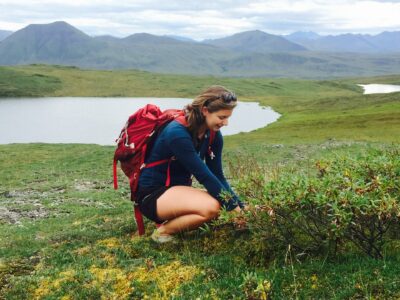
Scientists at the Arctic LTER find that different points along a gradient of soil fertility aid ectomycorrhizal and ericaceous tundra shrubs. Their findings hint at the potential for those two types of shrubs to co-expand over the Arctic—a previously unconsidered scenario that could have vast implications for the future of the northern tundra
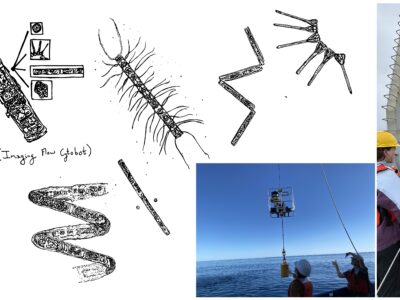
Welcome aboard the most recent cruise of the California Current Ecosystem LTER (CCE-LTER)!
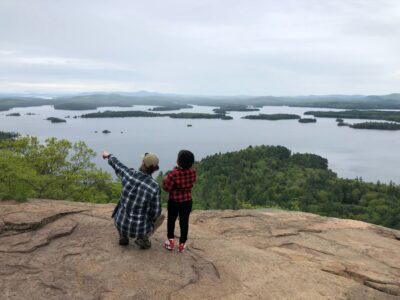
Welcome to the Woods aims to at introduce political refugees to the natural features of their new home at the Hubbard Brook LTER.
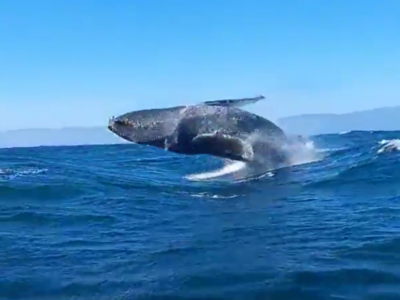
Transit between sites is always an opportunity to see amazing wildlife. Here are my most memorable wildlife encounters at the SBC LTER.
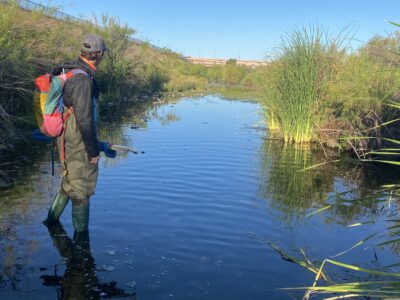
The Central Arizona-Phoenix LTER (CAP LTER) has monitored nutrient cycles, biodiversity, and human activity in this accidental wetland since 2012, revealing this ecosystem is in some ways a happy accident–a rare occurrence in the age of climate change.
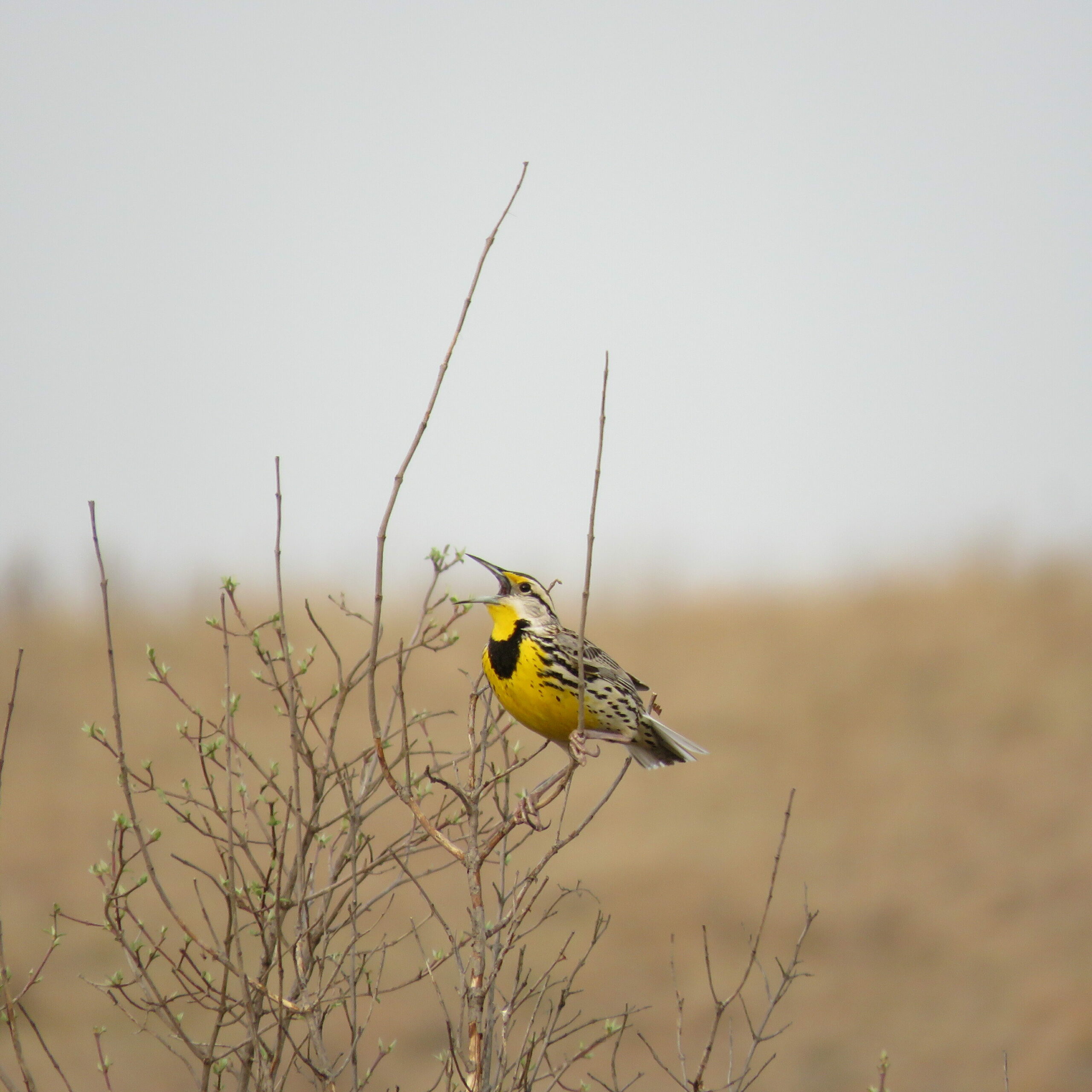
Grassland birds, by changing their nest characteristics and breeding patterns, are more resilient to drought than previously thought.
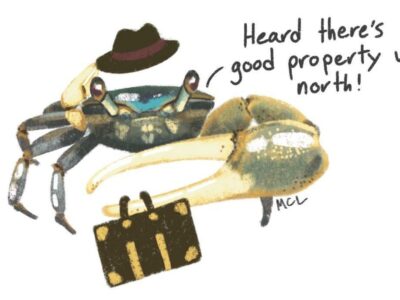
Atlantic marsh fiddler crabs facilitate the aboveground growth of a foundational saltmarsh grass, but this positive interaction becomes negative as crabs migrate north.